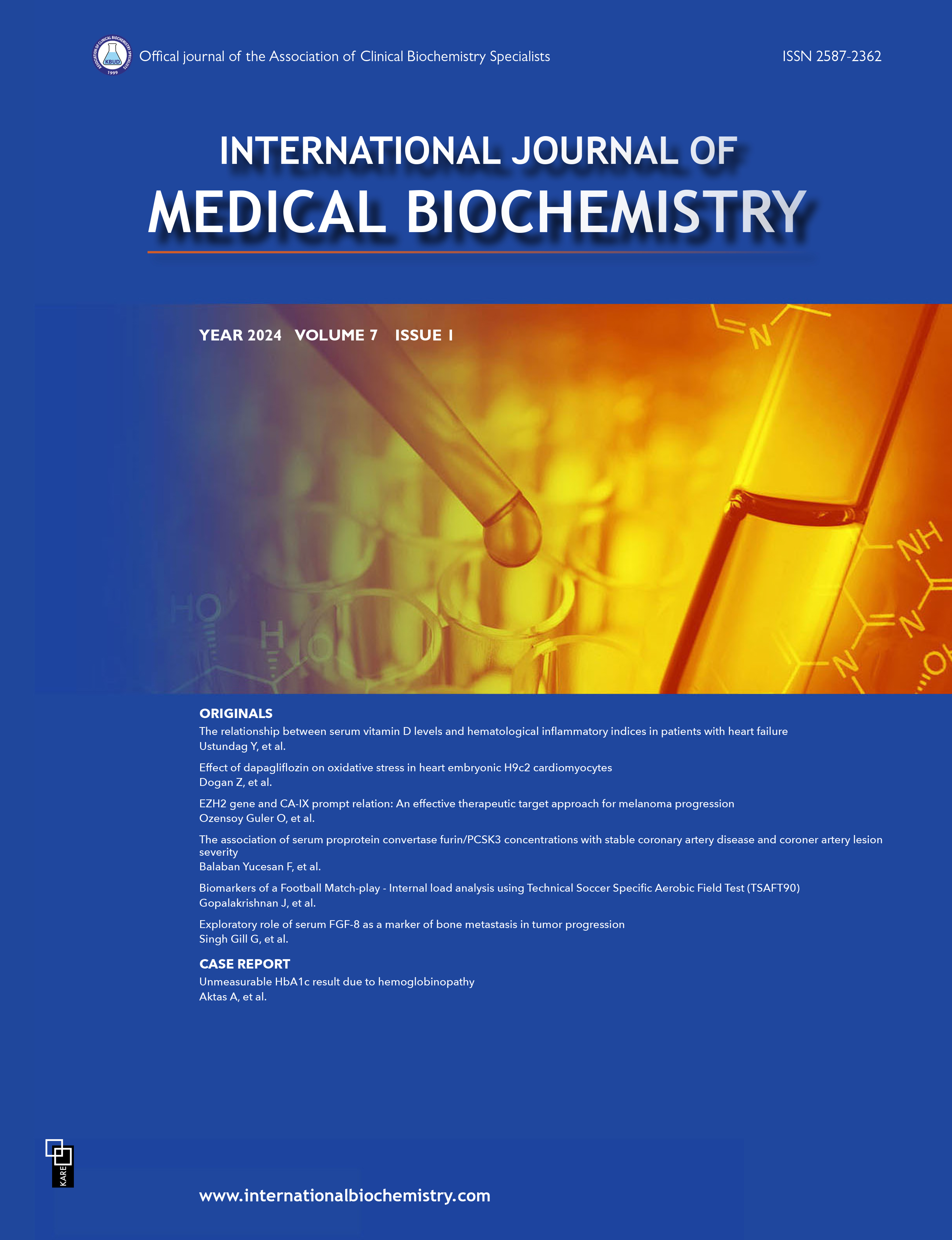Biosafety risk assessment of a clinical biochemistry laboratory for SARS-CoV2 infection
Nergiz Zorbozan1, Orçun Zorbozan21Department of Biochemistry, Izmir Kemalpasa State Hospital, Izmir, Turkey2Department of Medical Parasitology, Ege University Faculty of Medicine, Izmir, Turkey
INTRODUCTION: Clinical laboratories are a transfer point for infected patient samples. According to the World Health Organization (WHO) Laboratory Biosafety Guideline, a risk assessment approach is the backbone of laboratory biosafety. In laboratories, risk assessment is recommended at predetermined periods and in the event of new circumstances. On February 12, 2020, the WHO published an interim guidance document, "Laboratory biosafety guidance related to the novel coronavirus (2019-nCoV)" and it was highly recommended that all coronavirus 2019 (COVID-19) testing procedures be performed based on a local risk assessment. This study was designed to evaluate the biosafety risk in a biochemistry laboratory where routine testing of patients diagnosed with COVID-19 is performed.
METHODS: Risk assessment for tests performed on analyzers and a complete urinalysis was performed using the risk assessment template included in the subsequent WHO interim guidance document, Laboratory biosafety guidance related to coronavirus disease (COVID-19).
RESULTS: The overall initial risk for tests performed on analyzers and a complete urinalysis test was determined to be very high. Processes such as pipetting a sample and checking a sample tube by scanning the barcode during tests performed on analyzers were suspended until additional risk control measures could be implemented. The manual microscopic urinalysis process was also discontinued. To reduce the risk, surgical masks, surgical caps, eye protection, and disposable laboratory coats were added to the previously mandated personal protective equipment. After implementing additional risk control measures, the total residual risk of both processes was graded medium.
DISCUSSION AND CONCLUSION: Since there is as yet no effective treatment for COVID-19, exposure risk is considered severe. Therefore, the probability of exposure is important in determining the level of risk. Measures put in place reduced the total residual risk.
Corresponding Author: Nergiz Zorbozan, Türkiye
Manuscript Language: English



















